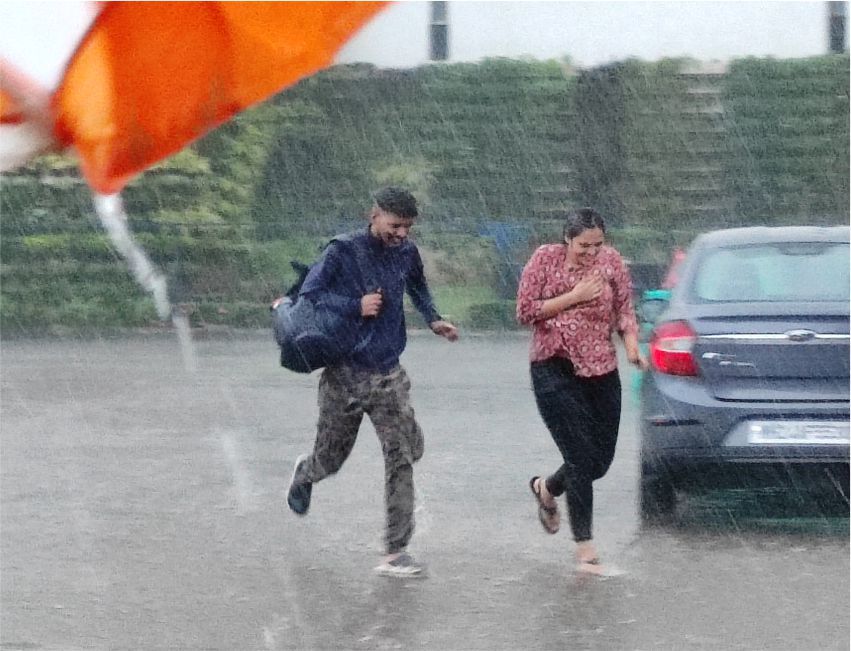India’s women pilots soar above global averages

- Varda Sharma
- 18 May, 2024
India’s aviation sector is experiencing a remarkable transformation, one that reflects not just its burgeoning growth but also a significant shift towards gender equality. Recent data from the Directorate General of Civil Aviation (DGCA) reveals a striking statistic: women constitute 15% of the pilot workforce in India, a figure that is three times the global average of 5%. This achievement is noteworthy, given the traditionally male-dominated nature of the aviation industry. As the country prepares to meet an increasing demand for pilots, this trend offers both a beacon of progress and a blueprint for other nations to follow.
The ascent of women in the Indian aviation sector is a testament to both individual tenacity and institutional support. Historically, the aviation industry has been seen as a man’s domain, with women facing significant barriers to entry and progression. However, over the past few decades, concerted efforts by various stakeholders have begun to change this narrative. Educational institutions, aviation academies, and airlines themselves have started to recognize the value of diversity and have implemented measures to encourage women to take up careers in aviation.
One of the primary drivers behind this shift has been the increasing number of female role models within the industry. Pioneering figures such as Captain Durba Banerjee, the first woman pilot for Indian Airlines, and more recently, Captain Zoya Agarwal, who commanded an all-female crew on Air India’s longest non-stop flight from San Francisco to Bengaluru, have inspired countless young women to pursue their dreams in aviation. Their stories underscore the message that with determination and support, the sky is not the limit.
Educational and training institutions have played a crucial role in facilitating the entry of women into aviation. Flight training schools across India have increasingly opened their doors to female cadets, often providing scholarships and mentorship programs specifically aimed at women. The DGCA’s data, indicating the recruitment of 244 pilots in 2021, suggests a growing pipeline of trained professionals ready to take to the skies.
Airlines, too, are recognizing the advantages of a diverse cockpit. Companies like Air India and IndiGo have implemented policies to support female pilots, including flexible work arrangements and maternity benefits. Such measures not only help retain talented women but also attract new entrants into the profession.
India’s aviation sector is poised for significant growth, with estimates suggesting a need for 1,000 pilots per annum over the next five years. This demand is driven by the rapid expansion of both domestic and international flight services, as well as the entry of new airlines into the market. Meeting this demand will require a robust pipeline of trained pilots, and women will undoubtedly play a crucial role in filling this gap.
To sustain and build upon the current progress, continued efforts are needed. Encouraging more women to consider aviation as a viable career path must start at the grassroots level, with initiatives aimed at school and college students. Awareness campaigns, internships, and aviation camps can help spark interest and provide early exposure to the field.
Moreover, the industry must address the challenges that still hinder women’s full participation. Issues such as gender bias, work-life balance, and access to training resources need to be continually addressed through policy reforms and workplace culture changes. Ensuring that women have equal opportunities for advancement and leadership roles within airlines and regulatory bodies is also critical for fostering an inclusive environment.
India’s progress in increasing the representation of women pilots is not just a national achievement but also a significant contribution to the global aviation community. By setting a precedent, India demonstrates that with the right policies and cultural shifts, it is possible to break down gender barriers in even the most traditionally male-dominated fields.
The success story of Indian women pilots offers valuable lessons for other countries. It highlights the importance of role models, institutional support, and proactive policies in achieving gender equality. As global airlines grapple with pilot shortages, they can look to India’s example as a model for tapping into an underrepresented talent pool.
The remarkable statistic that 15% of India’s pilots are women, compared to the global average of 5%, is a clear indicator of the strides made towards gender equality in the aviation sector. As India’s aviation industry continues to grow, the inclusion and advancement of women will be essential in meeting future demands. By continuing to support and encourage women in aviation, India is not only enhancing its own industry but also setting a powerful example for the world. The journey towards true gender equality in the skies is well underway, and India is leading the way.




